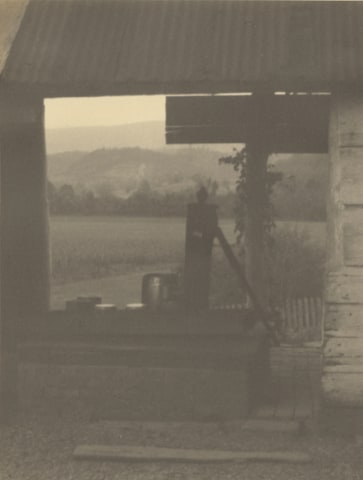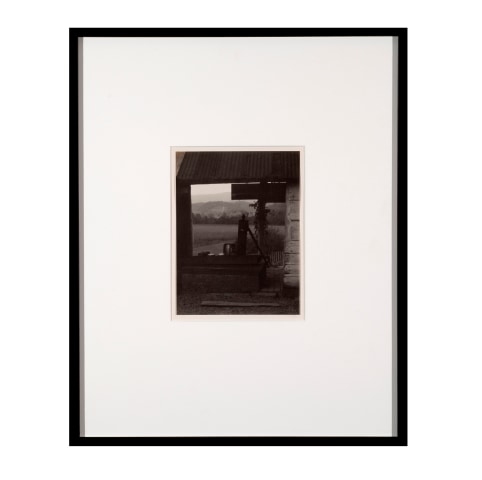Doris Ulmann (1882–1934) was an American photographer whose career bridged pictorialist portraiture and documentary work, best remembered for her compassionate images of Appalachian craftsmen, musicians, and Gullah communities in the American South. Trained at the Clarence H. White School of Modern Photography, Ulmann began by photographing prominent cultural figures—including William Butler Yeats, Martha Graham, and Paul Robeson—before turning her lens in the late 1920s toward rural communities, capturing their traditions with both aesthetic sensitivity and ethnographic rigour. Her collaborations included Roll, Jordan, Roll (1933) with writer Julia Peterkin and contributions to Allen H. Eaton’s Handicrafts of the Southern Highlands (1937), for which she created some of her most enduring images. Working primarily with platinum and silver gelatin prints, Ulmann emphasised the expressive power of lived experience etched into her sitters’ faces. Though her life was cut short in 1934, the Doris Ulmann Foundation preserved more than 10,000 of her negatives, ensuring her legacy as a vital documentarian of early 20th-century American folk culture.
Doris Ulmann
108. Landscape with Pump and Barn, c.1925-1934
Platinum print
20.5 x 15.4cm (tipped onto 36.2 x 28.6 cm paper)
11838 C TA
£ 10,500
Doris Ulmann (1882–1934) was an American photographer whose career bridged pictorialist portraiture and documentary work, best remembered for her compassionate images of Appalachian craftsmen, musicians, and Gullah communities in the...
11
of 11
Join our mailing list
Please fill in your details below if you would like to be added to our mailing list.
* denotes required fields
We will process the personal data you have supplied in accordance with our privacy policy (available on request). You can unsubscribe or change your preferences at any time by clicking the link in our emails.



